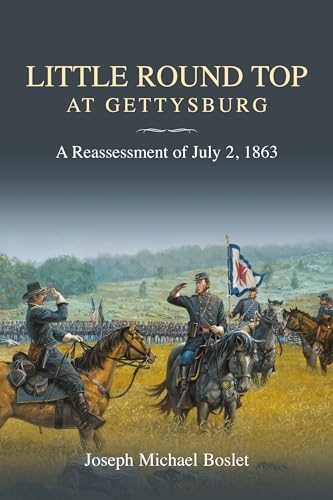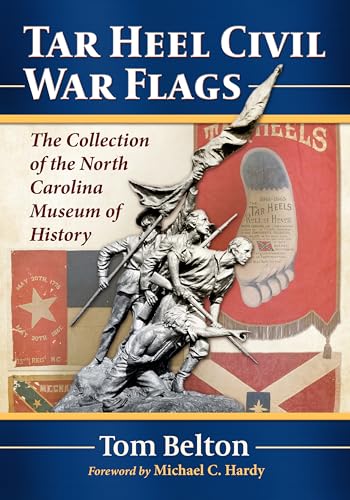
Seneca County and the Civil War
by Walter Gable
Popularity
0 / 5
* A book's popularity is determined by how it compares to all other books on this website.
Where to buy?
Buy from Amazon* If you buy this book through the link above, we may receive a small commission at no extra cost to you.
Seneca County and the Civil War by Walter Gable
Details
War:
American Civil War
Perspective:
Researcher
Biography:
No
Region:
North America
Page Count:
209
Published Date:
2014
ISBN13:
9781625851611
Description
Brief Summary
Seneca County and the Civil War by Walter Gable offers an insightful look into the contributions and experiences of a small county in New York State during the Civil War. While geographically distant from the battlefields, Seneca County played a crucial role in supporting the Union through its manpower and agricultural resources. The book brings to life the stories of local soldiers, such as John Hoster, whose harrowing experiences as a prisoner at Andersonville inform much of our understanding of the period. The narrative also highlights the important role that Seneca County played in the establishment of Memorial Day, with Waterloo recognized as its official birthplace. Gable, a local historian, meticulously documents the regional heritage and the significant impact of the Civil War on this community.
Main Themes and Topics
The book primarily explores themes of sacrifice, community contribution, and historical legacy. It delves into the personal stories of soldiers from Seneca County, documenting their bravery and the hardships they endured. A significant focus is placed on the region's agricultural support for the Union army, illustrating the broader impact of the Civil War on civilian lives. Additionally, the book examines cultural memory and commemoration, highlighted by the discussion of Memorial Day's origins in Waterloo. These themes provide a multidimensional understanding of how the war touched the lives of people far from the front lines.
Writing Style and Tone
Walter Gable's writing is both informative and engaging, characterized by a narrative style that makes historical events accessible to a broad audience. His tone is respectful and empathetic, effectively capturing the gravity of wartime experiences while celebrating the resilience and contributions of Seneca County's citizens. Through detailed anecdotes and well-researched historical context, Gable succeeds in painting a vivid picture of the period.









